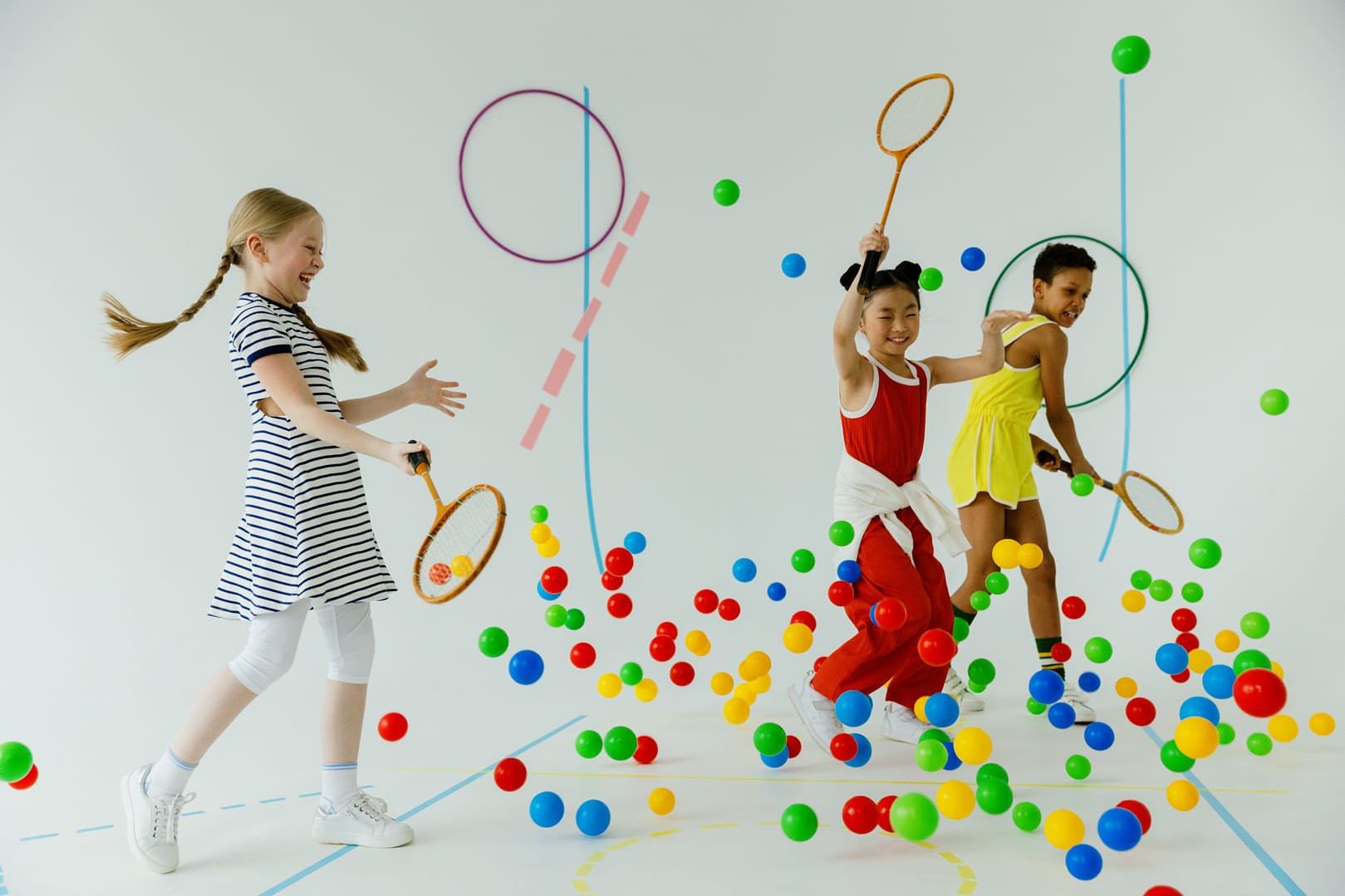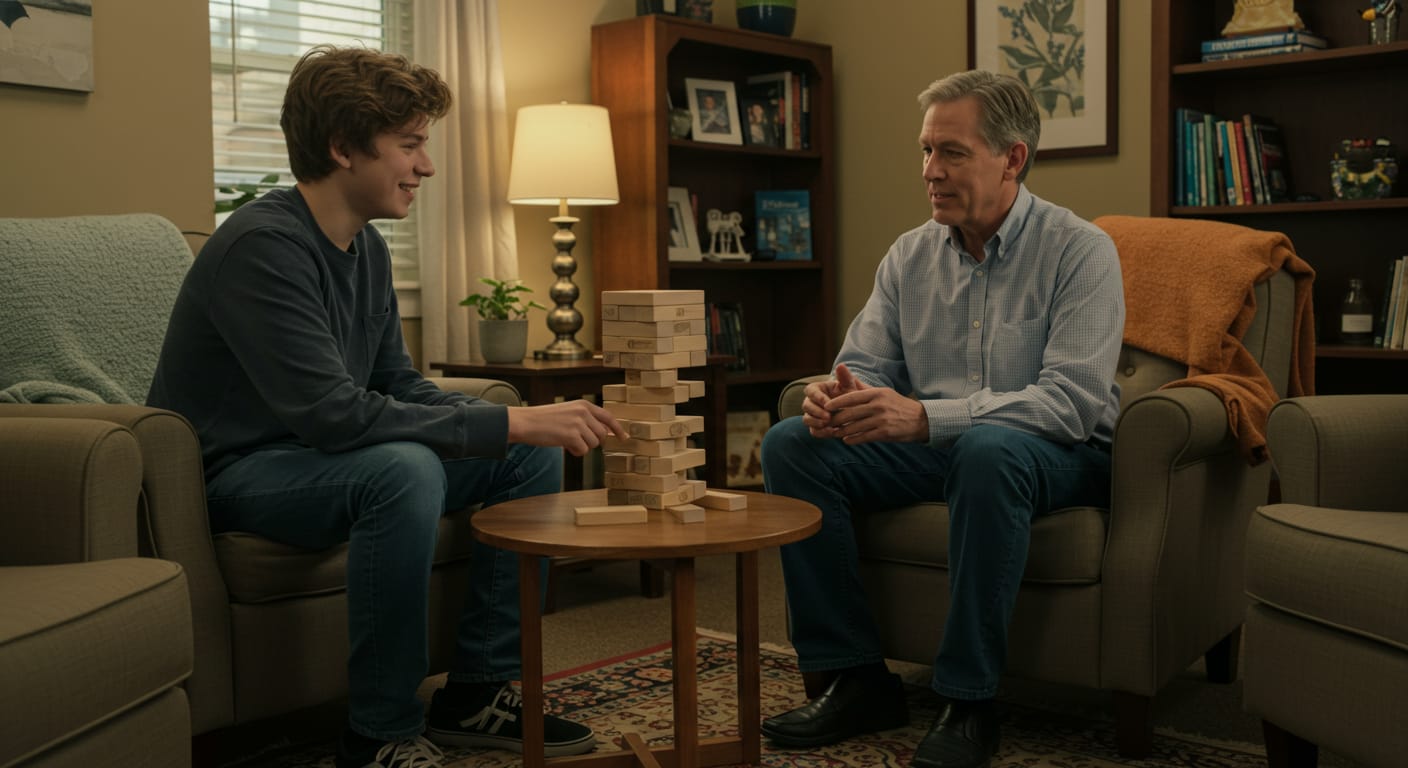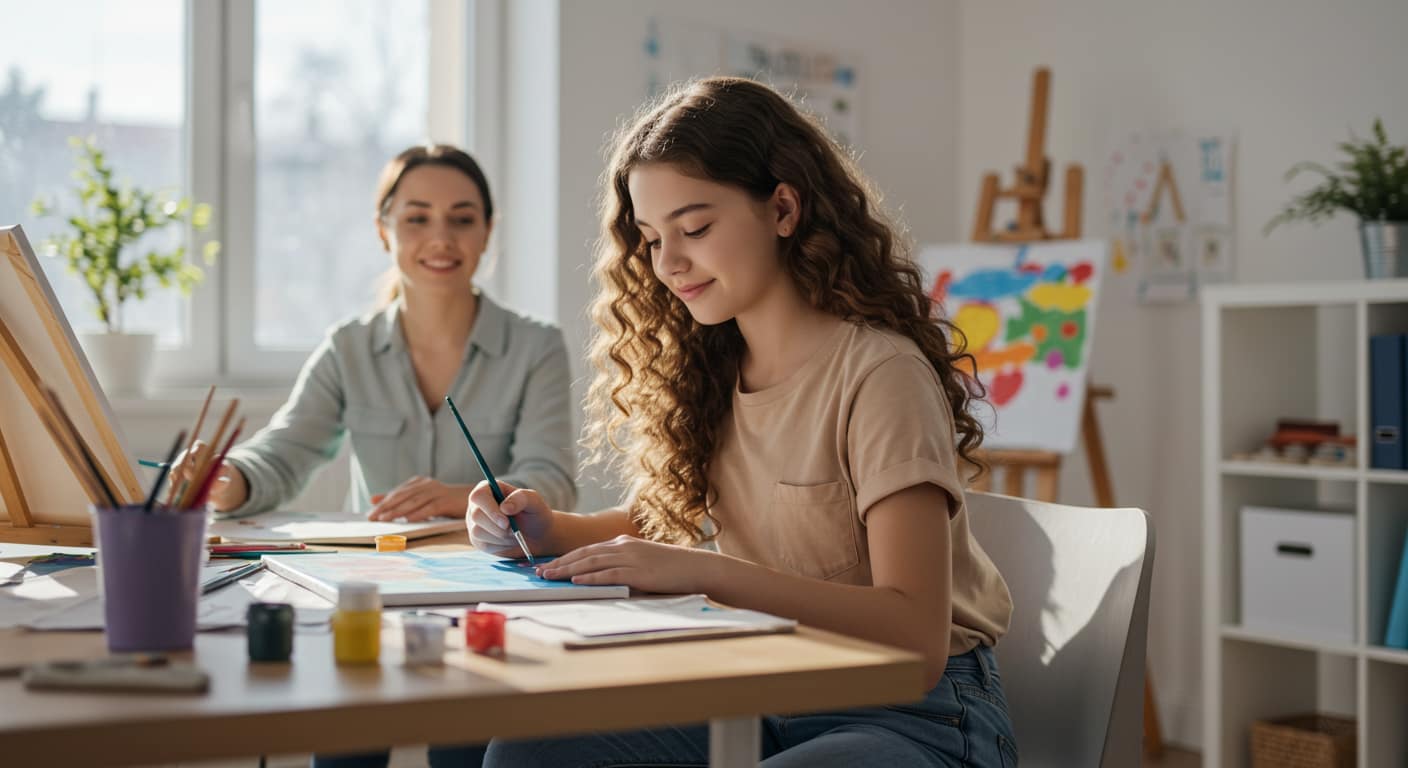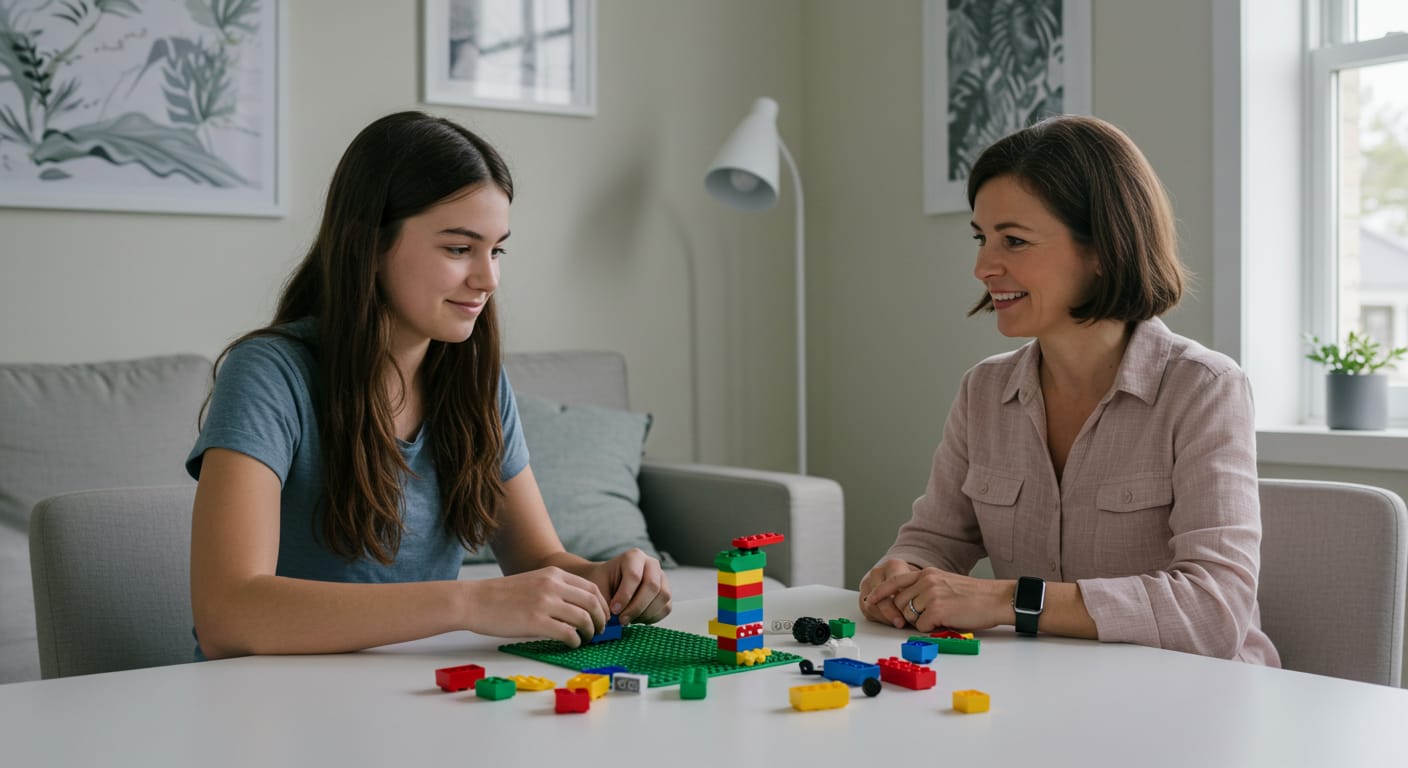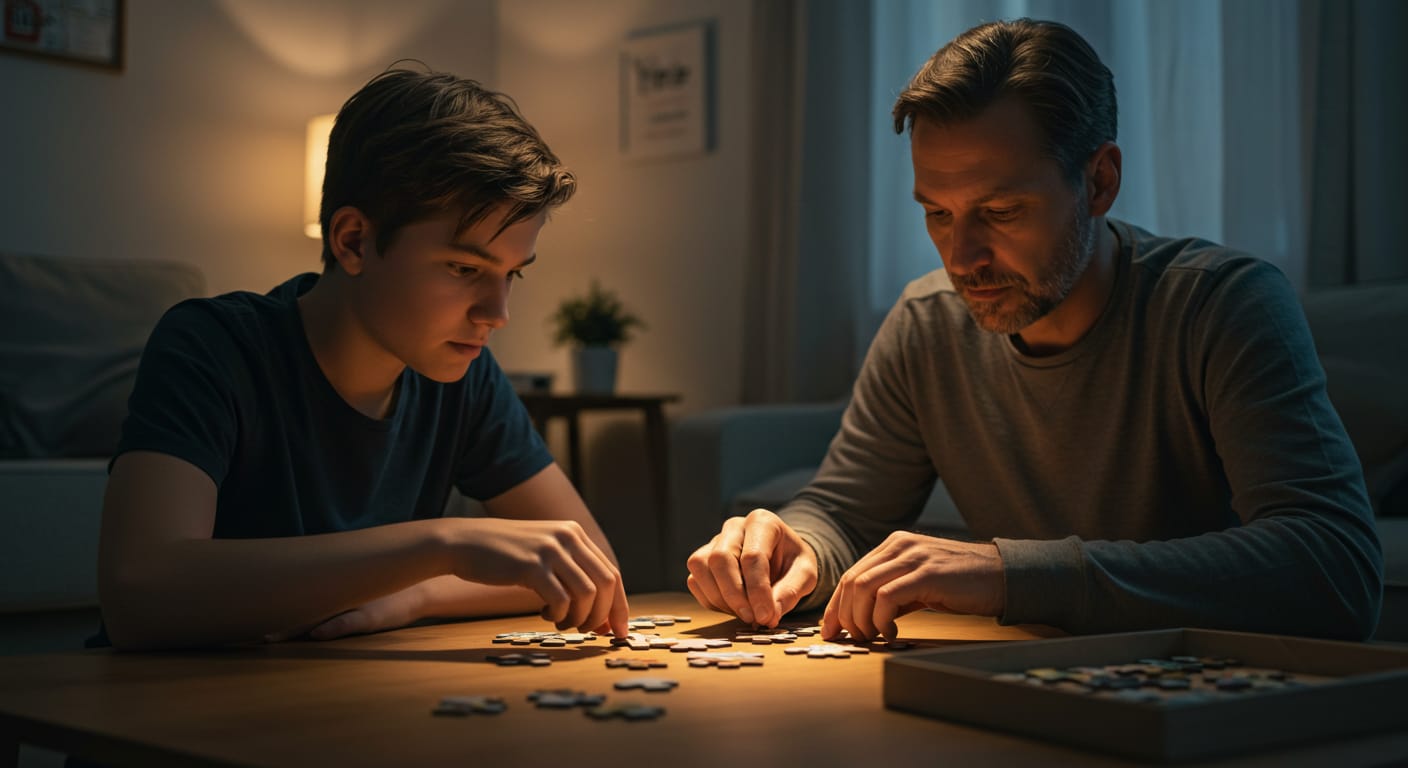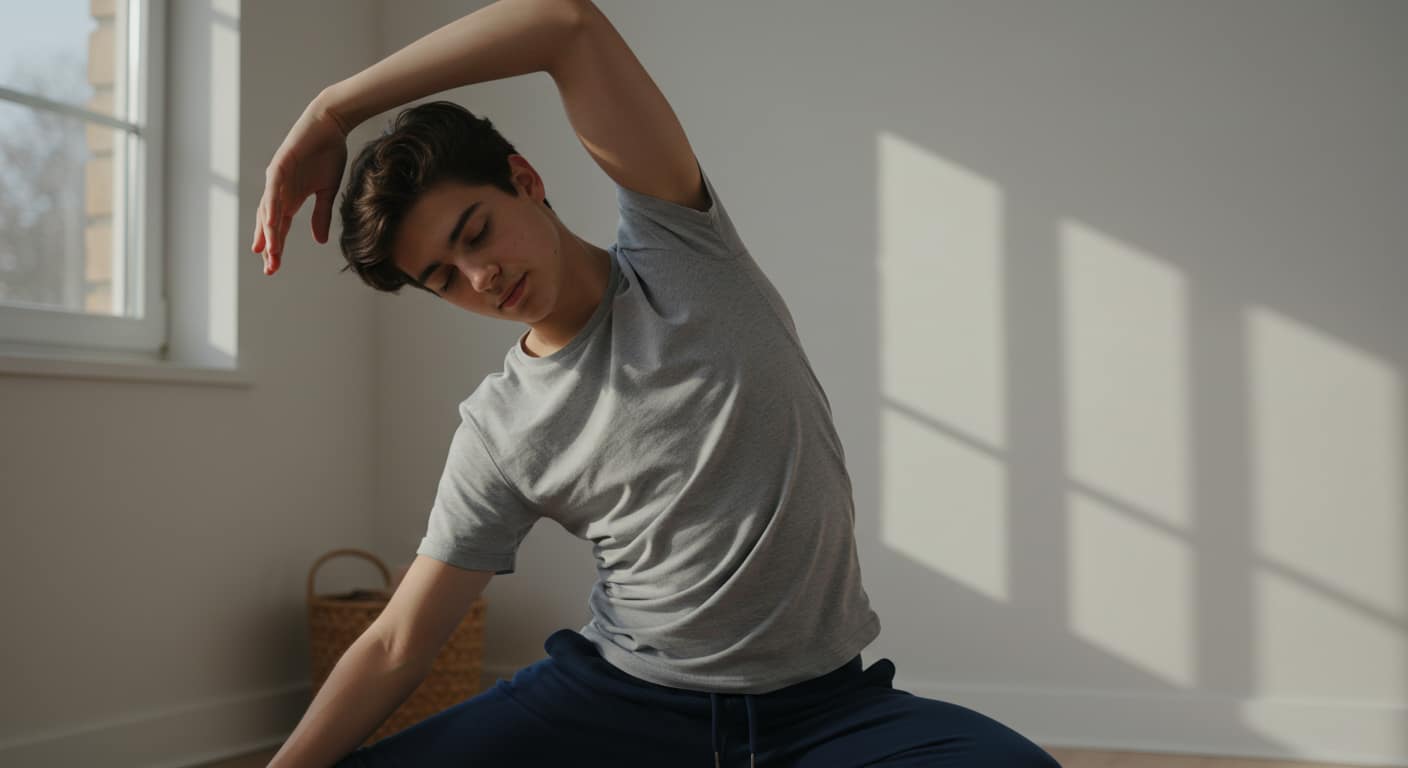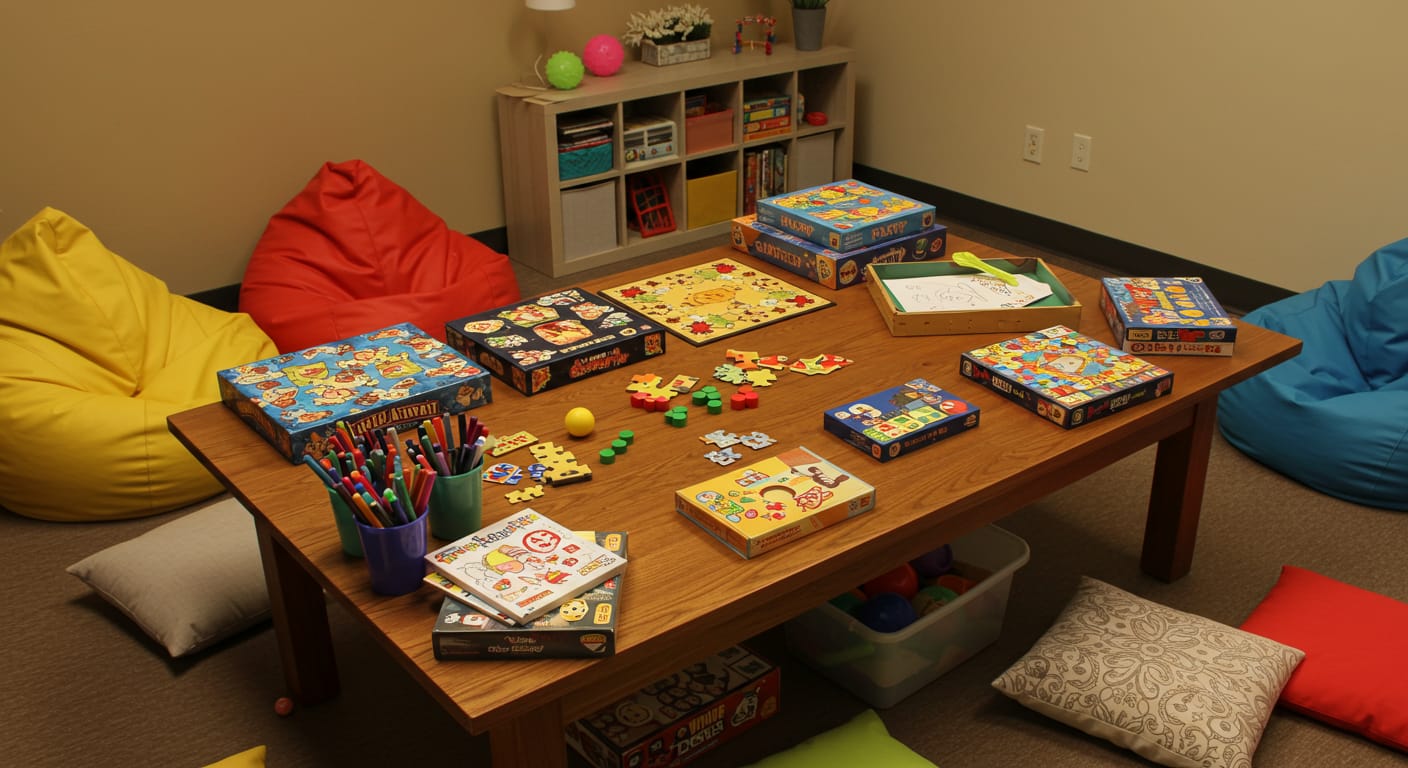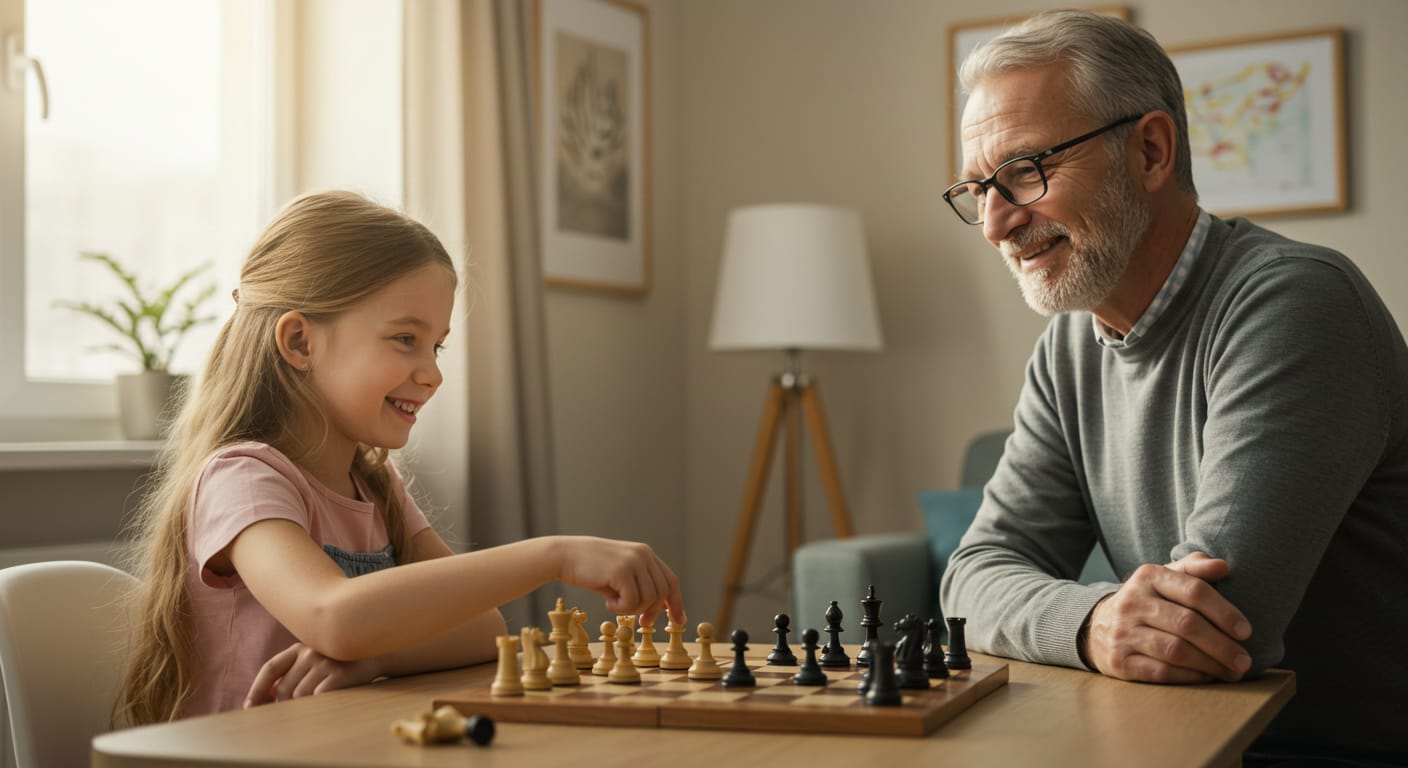Play Therapy: More Than Just Games
When most people hear the word “therapy,” they often picture a formal back-and-forth conversation between a client and a therapist. But therapy isn’t one-size-fits-all. It’s a journey of finding the right approach that suits each person’s personality and emotional needs. One of those powerful approaches—especially for teens—is play therapy.
Why Play Works for Teens
Teens often struggle to open up, especially in traditional talk therapy. They may fear judgment or simply lack the words to express what they feel. That’s where play therapy shines—by creating a low-pressure space where teens can express themselves through activity instead of conversation. This type of therapy allows them to relax, lower emotional defenses, and let their real feelings emerge in a way that feels safe.
And yes—teens enjoy fun too! The difference is, this play has purpose.
Not Just for Kids: How Play Helps Adolescents
Although play therapy is commonly associated with younger children, it’s gaining traction with teens—and for good reason. Activities like board games, drawing, puzzles, or even interactive digital tools reduce the tension that can come with traditional therapy. In fact, therapy through play helps teens feel seen, not judged. And when they feel safe, they’re more open to healing and guidance.
Think of it this way: the goal isn’t just fun—it’s breakthrough.
Parents Can Be Part of the Process, Too
Another advantage of play therapy is that, with the teen’s permission, parents or caregivers can join in. This shared experience builds trust and strengthens the parent-teen bond in a non-confrontational way. Whether you’re playing a game together or working on a creative project, these moments create emotional connection without pressure.
Solo play is also valid—whatever works best for your teen’s comfort level and mental space.
Teaching Teens How to Cope Through Play
The real magic of play therapy is in its ability to teach coping strategies that can be used beyond the therapy room. Whether it’s coloring during anxious moments, using fidget toys to calm down, or turning to yoga for stress relief—these tools empower teens to manage their emotional challenges. Better yet, they might discover new interests or unlock creative talents they didn’t know they had.
And for teens with ADHD or trouble focusing? Play therapy gives them a hands-on, stimulating way to stay engaged.
What Does Play Therapy Look Like?
Play therapy can involve:
- Board games (like Uno or Scrabble)
- Art activities (painting, drawing, origami)
- Card games or puzzles
- Building tools (LEGOs, modeling clay)
- Yoga or movement-based mindfulness
- Sand trays or storytelling games
- Fidget toys for sensory regulation
The beauty lies in flexibility. It’s not about “winning” or “performing”—it’s about exploring safely.
Final Thoughts: Let Play Heal
So, can play really help a teen struggling with depression? Absolutely. In fact, it might be the very thing that breaks down the emotional walls that traditional therapy can’t always reach.
The best therapy is the one that works—and if that means healing through laughter, building, coloring, or games, then that’s exactly what your teen needs.

